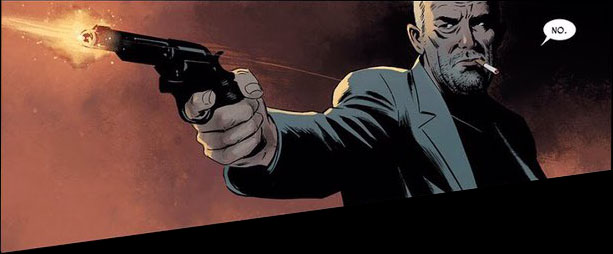Comics Anatomy: Art Styles in Batwoman
By Harry Kassen — When it comes to Batwoman, there is no creator more heavily associated with the character than J.H. Williams III. From drawing the “Elegy” story arc in Detective Comics, written by Greg Rucka, to co-writing, with W. Haden Blackman, the majority of the New 52 Batwoman series and providing a good portion of the art for that run as well, Williams’ take on the character is the one that comes to mind whenever I think of Kate Kane. Reading back through his run on the character, however, has shown me that, visually, there isn’t just one version of the character, or any character in the series. Williams shifts his style constantly to give information about the characters and the worlds they inhabit, a brilliant move by a brilliant artist.
Read More


